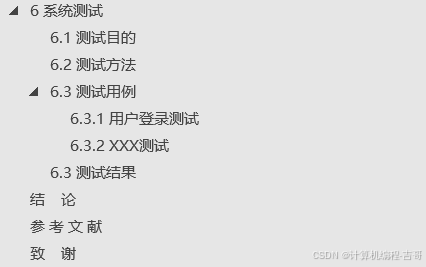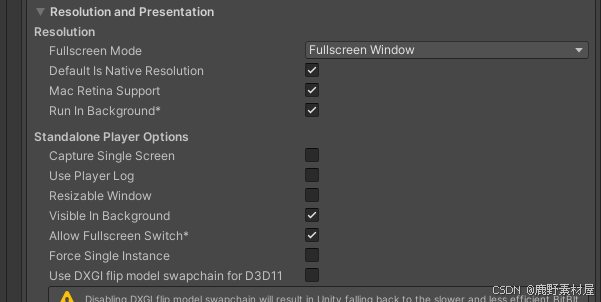MoE特点
做了特征增广;门控机制保证了特征增广的同时模型不会过拟合。
大模型中会使用到MoE技术。
简单实现
实现一个简单的linear混合专家模型。这里每个专家是一个Linear。


import torch
import torch.nn as nn
import torch.nn.functional as F
# 一个专家
class Linear(nn.Module):
def __init__(self, in_features, out_features):
super().__init__()
self.fc = nn.Linear(in_features, out_features)
def forward(self, x):
return self.fc(x)
class MoELayer(nn.Module):
# in_features是每个样本的维度
def __init__(self, num_experts, in_features, out_features):
super().__init__()
self.num_experts = num_experts
# 实现几个专家
self.experts = nn.ModuleList([Linear(in_features, out_features) for _ in range(self.num_experts)])
# 门控机制:对某个样本,为每个专家生成一个权重
self.gate = nn.Linear(in_features, num_experts)
def forward(self, x): # x:batch x in_dim
# 经过每一个专家
expert_outputs = torch.stack([ep(x) for ep in self.experts], dim=1) # b x num_experts x out_dim
# 不同样本,得到每个专家的概率,概率和为1
weights = F.softmax(self.gate(x), dim=-1) # b x num_experts
# 不同专家的结果加权和 b x out_dim
out = torch.bmm(weights.unsqueeze(1), expert_outputs).squeeze(1) # 批量矩阵乘法 第一个维度是批量
return out
batch_size = 10
in_fea = 15
out_fea = 5
num_experts = 3
model = MoELayer(num_experts, in_fea, out_fea)
x = torch.rand(batch_size, in_fea) # 样本:10个样本 每个样本是一个15维向量
out = model(x)
print(out.shape) # 10,5参考
MoE讲解视频


















